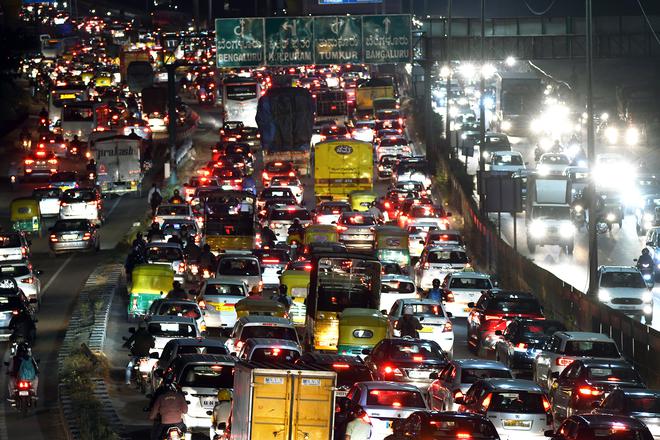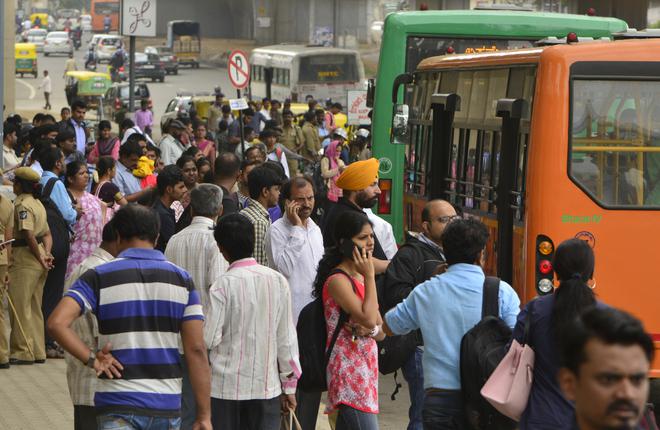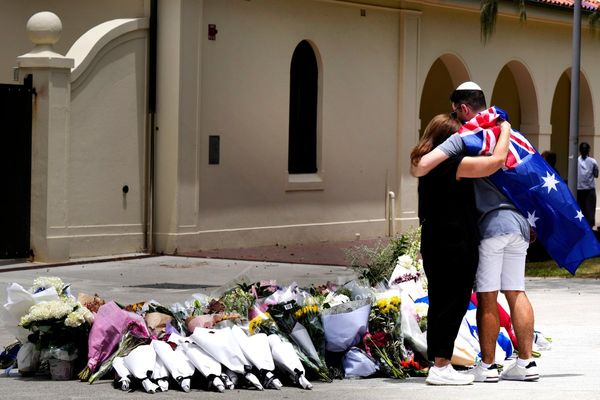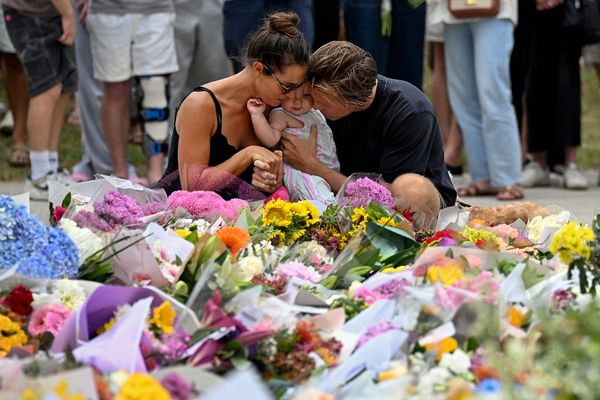Vast swathes of sprawling Bengaluru has a very specific mobility problem: Despite Namma Metro’s grand plans to expand its network, these areas will still remain unserved by the trains even after the Phase III alignments are operationalised. This calls for a well thought-out plan to bridge the gaps through smartly planned bus routes and shuttles. But are the transport agencies geared up?
Linking the last-mile is often the Achilles heel of the city’s mobility. In these unserved areas, this glaring connectivity gap extends to several miles. Struggling to maintain its existing fleet of about 6,300 buses, is the Bangalore Metropolitan Transport Corporation (BMTC) prepared to deploy enough shuttle buses with requisite staff to fill these gaps?
Get the top news developments from Karnataka right in your inbox. Subscribe to our Karnataka Today newsletter here
On Old Airport Road, flanked by several congested localities such as Marathahalli, Kodihalli, Domlur Layout, Konena Agrahara and more, the nearest Metro station is several kilometers away. Thousands depend on BMTC buses that often get stuck at junctions left undeveloped by the much-hyped signal-free corridor. The waiting time at the Wind Tunnel Junction, for instance, has gone up substantially since the corridor was green-signalled.
For years, a Metro alignment linking Hosakerehalli with Marathahalli along Old Airport Road was on the Bangalore Metro Rail Corporation Limited (BMRCL) agenda. This went off the radar, as a controversial pod-taxi line was famously proposed on the route. Mobility experts dubbed this patently unworkable as a mass transit option. Eventually, that proposal died down too.
Last heard, the previous Basavaraja Bommai government mooted an underground line along this corridor, as part of an action plan to make the State a U.S. $1 Trillion economy. The big idea: To ensure access to a Station within 1-2 km of their office or residence by 2032, down from the existing average of 4-5 kms. A decision is now awaited from the new government.
Shuttle feeder buses are seen as the best option to connect the unserved areas. But even if they were around, most Phase I Metro Stations had no bus bays to let commuters seamlessly board and alight the shuttles. Baby steps are now being taken to ensure that passengers get a bus as soon as they step out of the Metro Station.

Clear roadmap, but slow progress
The roadmap is clear, and the BMTC top brass has even articulated it recently: Operate feeder buses till 11.30 pm, give commuters real-time data on bus location and schedule, put up digital display boards at all Metro Stations, synchronise Metro and bus timings, and make public announcements. Currently, these announcements are made inside the coaches only for feeder buses heading to Vasanthanagar from Cubbon Park Metro Station.
Faced with a funds crunch and staff shortage, BMTC has to rely on the Department of Urban Land Transport (DULT) to run feeder services under the Viability Gap Funding (VGF) system. In the pipeline are at least 20 minibuses to be operated as feeders from the Metro Stations. However, commuters say they will have to wait a long time to see the feeders turn up and become reliable transport modes.
Localised bus networks
The Bangalore Metropolitan Land Transport Authority (BMLTA) Act was passed to precisely address this problem, reminds independent mobility consultant, Sathya Arikutharam. “Even in big cities such as Singapore and London, the gaps left by the Metro are actually filled by localised bus networks. One reason why the BMLTA was formed, was to ensure that BMRCL and BMTC have a coordinated plan so that public transport works as a single unit, including buses and the Metro. The idea was to fulfill up to 80% of the journeys in the city this way,” he elaborates.
But rules have not been notified even seven months after the BMLTA was passed in the State Assembly. “Recently, they also transferred the DULT commissioner, who was supposed to be the BMLTA CEO. I think at the policy level, the government is itself disinterested or it is not in their priority list to ensure that the two agencies work as one public transport unit and not two competing ones.”
To add to the confusion, he notes, BMRCL has the Housing and Urban Affairs Ministry as its nodal and the BMTC is under the Transport Ministry. “That is why there is no inbuilt incentive to cooperate, and you see all these problems,” he says.
‘Metro needn’t be everywhere’
The slow progress of Namma Metro network expansion has inevitably meant that Bengalureans will have to wait decades to see an improved density of lines. But as many experts point out, the Metro need not be everywhere. It can offer the trunk journey, but the first mile, the last mile, and the localised trips will have to be traversed by the bus, cabs or auto rickshaws, and cycles wherever possible.
The intervention of aggregators, while revolutionizing access to autos and cabs, has also made the last-mile connection unaffordably high. Result: Metro commuters increasingly depend on their private personal cars and two-wheelers, an unsustainable trend rarely seen in other world cities of Bengaluru’s population and area size.
The city’s Koramangala is a classic example of an area not covered by the Metro, points out urbanist and a member of the BBMP Restructuring Committee, V. Ravichander. “Koramangala is not likely to see a Metro connection even in the next 20 years at least. Clearly, you definitely need a feeder bus system which either connects to the main trunk lines of the BMTC arterial lines or to the Metro,” he says.

Heat map of underserved areas
A multiplicity of these gaps and underserved areas, he says, will see a collapse of the entire mass transit system. “People from these areas will take out their personal vehicles. So, you have to first make a heat map of the underserved areas, with definitions such as 2 or 3 km to the nearest metro station. Feeder minibuses are the only way to do it.”
Funding and land acquisition issues might have slowed down Metro’s network expansion. But Ravichander feels the BMRCL spread itself too thin by working on multiple projects. “They could have put all their energy into seeing some lines running fully, instead of partially building the Whitefield line, for example. It is like Napolean, when you open too many fronts then you are likely to lose the war,” says the urbanist.
No assessment of routes
There is widespread acknowledgment that BMTC feeder buses will do the job. But there is no assessment of the routes already deployed, says Ranjith Parvathapuram, Senior Manager, Sustainable Cities, at the World Resources Institute (WRI) India. “They are operating around 25 feeder routes, but there is no comprehensive assessment on whether these routes are successful or not.”
The ticketing data and load factor have to be tracked and analysed. “Whether the load during the peak hours is really catering to the Metro or are regular commuters. We at WRI are also trying to support BMRCL and BMTC to identify the routes, along with DULT,” Ranjith informs.
In underserved areas, he stresses the need for a planned approach. “Take the example of the Whitefield Metro. Residential areas around it are growing rapidly. Obviously, if someone from those areas needs to come to the city, the best option is the Metro, with its missing Baiyappanahalli – K.R. Puram link getting connected in September.”
Ranjith says, “The BMTC and BMRCL have an opportunity now to start planning which are the feeder routes they can deviate and put in those areas so that they can pull more people towards the Metro. Some schedules are currently operating. But I don’t think they are sufficient to cater to the big demand that will emerge once the missing link is opened.”







